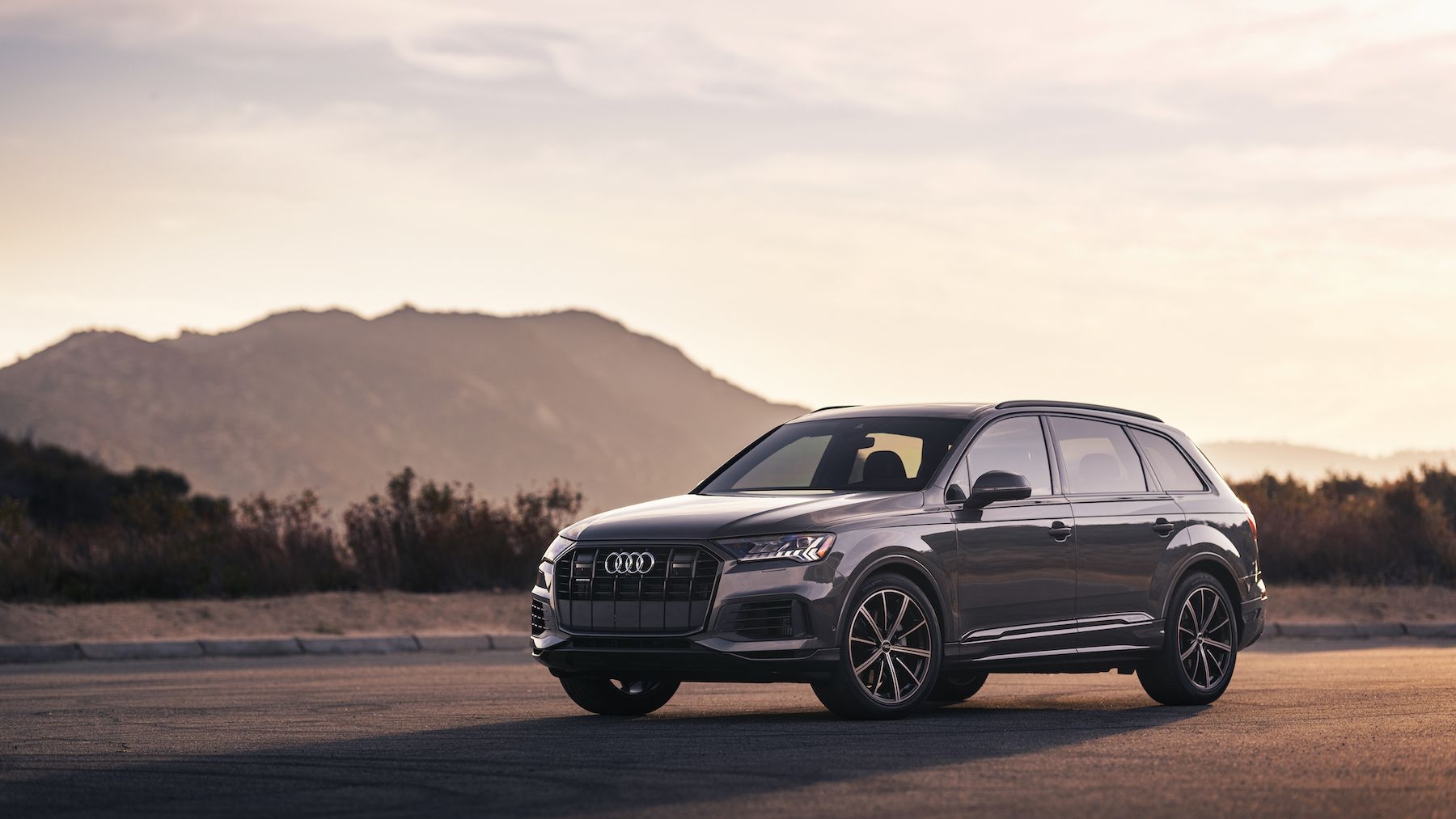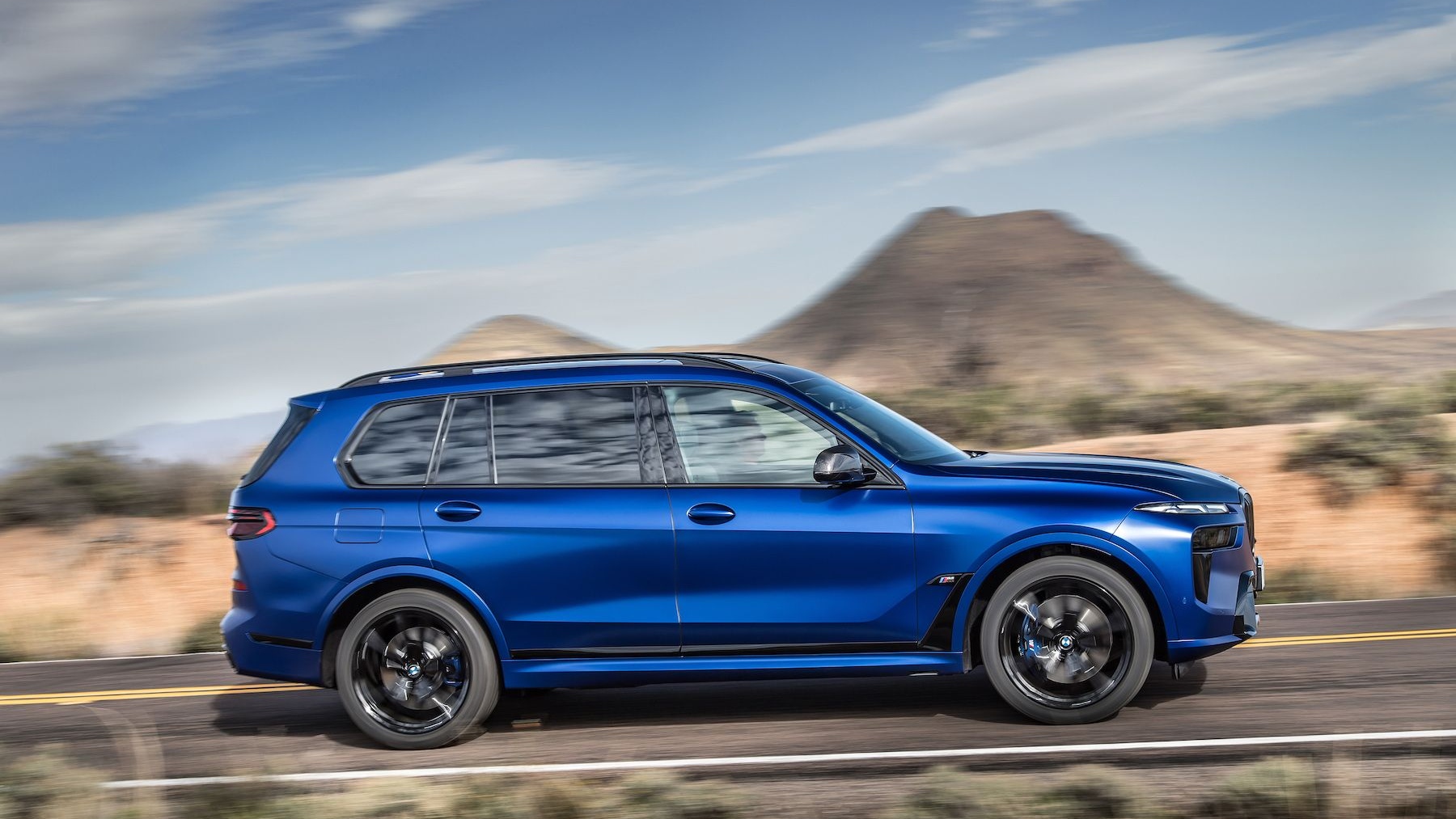Volvo is set to reveal a fully electric flagship SUV on Nov. 9, but the automaker has been revealing details on the vehicle ahead of that date.
It will be called the EX90, and sold alongside the XC90 at the top of the Volvo lineup. The vehicle will come with lidar-enhanced electronic driver-assist features, as well as an occupant sensing system that can detect whether a loved one has been left behind in the cabin or trunk.
The latest tidbit is the availability of bi-directional charging, though the system may not be offered at launch and availability will be dependent on grid suitabilty in specific markets.
Bi-directional charging, also referred to as vehicle-to-grid or vehicle-to-load charging, is where the vehicle is able to discharge electricity, either back into the grid, or to power a home, or to power an electric device where a power outlet isn't available, like at a camp or construction site. Volvo's bi-directional charging will also be able to charge other electric vehicles, though Volvo only mentioned other electric Volvos.
Acting as a battery for your home could potentially help you save money, as the vehicle could be charged during off-peak hours when electricity prices are low, or even via solar panels, and then this electricity could be used during peak hours. Depending on the grid, it may also be possible to sell back electricity to the grid during peak hours.
Managing it all will be the smart charging function of the Volvo Cars app. The function has been programed to ensure that the battery is charged and discharged in a way that helps preserve the battery.
The battery in the EX90 is expected to have over 100 kwh of capacity.
The EX90 will start sales in 2023, meaning we'll likely see it arrive as a 2024 model. Production for North America and other markets will be handled at Volvo's plant near Charleston, South Carolina. The plant currently churns out the S60 sedan for worldwide sale but from next year will also be responsible for the EX90 and a related Polestar 3 SUV.



